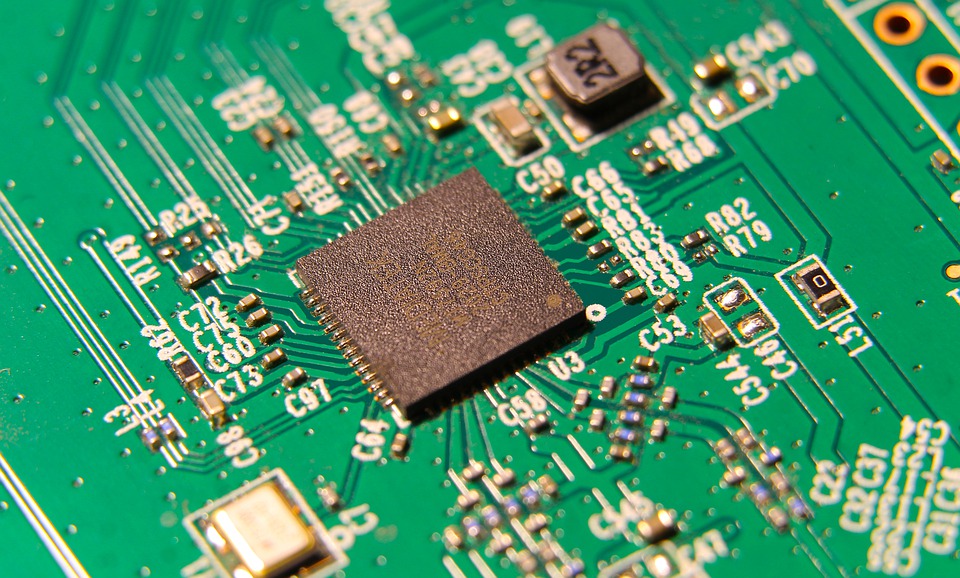Virtual reality (VR) technology has made significant strides in recent years, with applications ranging from gaming and entertainment to training and education. One area where VR is beginning to make a significant impact is in the workplace, revolutionizing the way businesses operate and employees collaborate.
One of the key benefits of VR in the workplace is its ability to facilitate remote work and collaboration. With VR headsets, employees can participate in virtual meetings and conferences as if they were in the same physical location. This not only saves on travel costs and time, but also enables teams to work together more effectively, regardless of their geographic location.
In addition, VR technology is being used for training purposes across a variety of industries. From healthcare and manufacturing to retail and hospitality, VR allows employees to practice and simulate real-world scenarios in a safe and controlled environment. This can be particularly beneficial for high-risk professions, such as firefighters or surgeons, where making mistakes can have serious consequences.
Furthermore, VR is being used for onboarding new employees, allowing them to familiarize themselves with their work environment and job duties before they even step foot in the office. This can help reduce the time and resources typically required for training, as well as improve the overall onboarding experience for new hires.
Another use case for VR in the workplace is for design and prototyping. Architects, engineers, and product designers can use VR to create and visualize their designs in three dimensions, making it easier to identify and address potential issues before production begins. This not only saves time and money, but also improves the end result by allowing for more accurate and efficient design iterations.
Overall, the rise of VR in the workplace offers numerous benefits for both employers and employees. From remote collaboration and training to onboarding and design, VR technology is transforming the way we work and interact with each other. As the technology continues to evolve and become more accessible, we can expect to see even greater adoption and integration of VR into various aspects of the workplace.




